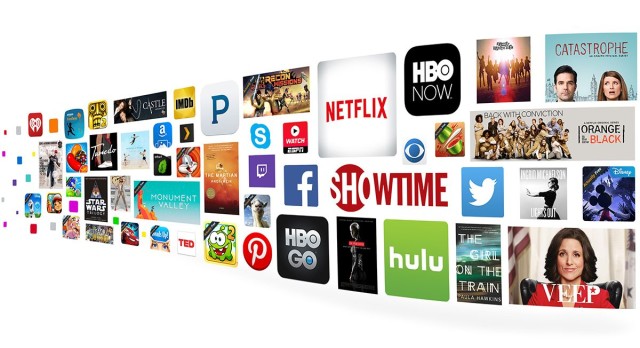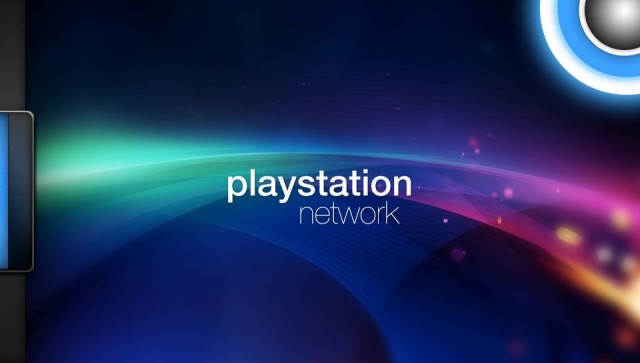One of the factors that has propelled the games industry to massive growth in the last two decades has been the growing diversity of business models. Once almost all game revenue was derived from selling games in retail stores, but now we see games supported by advertising, in-app purchases and subscriptions.
Subscriptions were really the first business model to have a major impact on games other than the retail sales model—and it was the rise of the massively multiplayer online roleplaying game (MMORPG) that drove this model into popularity, reaching its height with World of Warcraft —MMORPGs have delivered massive revenues and outsized profits for years. It seemed like subscriptions as a business model have been dying off in the past few years, though, as World of Warcraft is about the only MMORPG left that still uses it. Most other MMORPGs have moved to a free-to-play model, and even WoW allows you to play for free for the first 20 levels. With the new Legion expansion this year, WoW will likely see a boost in its subscription numbers once again.
Subscriptions have seemed to be out of step with the fast-moving pace of the Internet and games in particular over the last decade. Yet subscriptions are becoming increasingly popular for other media like movies and music, and that acceptance is leading to a growing use of subscriptions in the games industry. The model is changing, though, and the changes are important ones. Variations are being tried out and the increasing popularity of mobile games means there’s plenty of untapped potential there for this business model, too.
Marketers nowadays not only have responsibility for communicating and shaping brand messages, but also shaping how products are monetized. The variety of monetization options available to content creators means that understanding the market and the audience is critical to deciding on the optimal monetization methods. Marketers must do their best to help content creators shape content to optimize revenue, and that means staying on top of the latest trends in monetization. Subscriptions are gaining popularity for media businesses, and games are currently underrepresented in that business model—yet the potential is enormous.
The Power Of Media Subscriptions
Two of the biggest media businesses, movies and music, have moved in a big way from the retail business to the subscription business model. Streaming video from Netflix, Amazon, Hulu and others are generating huge numbers (Netflix has over 80 million subscribers now) and while DVDs and Blu-Rays are still a good business, it’s clear that the market has shifted to paying a regular monthly fee for access to a large number of videos, a mix of movies, TV shows and original content.
The strength of video subscriptions can be seen by the movement of HBO, Showtime, Starz and others from being purely an add-on package for a cable provider (a subscription plan in itself) to a stand-alone subscription being offered for a variety of devices. You can still rent or purchase individual videos from iTunes or other places, but the biggest audience is for paying monthly to access a large variety of video.
Similarly, music has moved from selling discs in stores to buying audio files through iTunes to the fast-growing streaming music subscription, which is being offered by Apple Music, Spotify, Pandora, Tidal and others. Again, paying a monthly fee for access to a large variety of content has been growing rapidly.
The Game Subscription Reborn
The new life of game subscriptions is not coming from MMORPGs, but from a variety of places. The biggest of these subscriptions are Xbox Live and PlayStation Network, where Microsoft and Sony charge a subscription fee (which can be paid monthly, quarterly or annually) for access to multiplayer online gaming and new, free games delivered every month. These services have tens of millions signed up, and form a reliable income stream for these console gaming companies. Microsoft was the pioneer in this area, using Xbox Live Gold back in the Xbox 360 era, but Sony has joined in with the advent of the PlayStation 4. While Nintendo hasn’t yet offered such a subscription service, that’s something we may see after Nintendo introduces its NX console.
The Microsoft and Sony subscriptions were initially marketed primarily as ways to engage in multiplayer experiences, but now the monthly free games being offered by both services are an important part of the value proposition. Moreover, the new games being offered for free every month provide a great marketing opportunity to gain new members for the services.
Continuing in this style of subscription model are PlayStation Now from Sony and Electronic Art’s Origin Access subscription service for PC games. The EA service provides access to a number of games for $4.99 a month, along with early access to new EA games and a discount on EA game purchases. EA also offers EA Access for the Xbox One through Microsoft, which of course gives you access to EA games for the Xbox One. PlayStation Now offers hundreds of PlayStation 3 games through a streaming connection on PS4, PS3, PS Vita and selected Sony and Samsung TVs. The service is $19.95 for one month or $44.95 for three months.
Beyond these “groups of games for a single subscription” offerings we also see a growing trend in offering downloadable content (DLC) for console games (and some PC games). The “season pass” is in effect a year’s subscription to all DLC that’s coming out for a game during a year, and it’s become an increasingly popular purchase for gamers because there’s usually a discount over buying each piece of content separately.
The Future Of Game Subscriptions
One area where subscriptions have yet to make much of an in-road is in mobile games, which is due to the restrictions imposed by the App Store even though Google Play allows in-app subscriptions.
“Considering that free-to-play is the number one form of monetization on mobile, it will be challenging to sell mobile gamers on committing to a monthly fee,” said SuperData CEO Joost van Dreunen in an interview with Re/code. “Unless, of course, Apple rolls out a buffet-style offering (‘Best of App Store, every month for $4.99!’), but I don’t see any upside for them in that.” It would also be hard to get a group of publishers to offer access to multiple games under one subscription, even if you could convince Apple it was a good idea.
Since the Google Play store allows subscriptions, this is probably where we will see the concept appear first. Episodic content, such as we see from Telltale Games, would seem to be ideally suited to this. On mobile, subscriptions would seem to be something that a single publisher would implement, perhaps even within a single title, if there was a reliable stream of new content to offer.
Beyond mobile, we may well see expanded use of the subscription model among PC and console games (and perhaps eventually, VR) where there’s a steady flow of new material. Especially in certain free-to-play games, where new skins and other content appears with regularity, a subscription mode to in-game content might make sense if there’s a substantial bargain for players in the offering.
Game marketers and game designers should be examining subscriptions closely to see if it makes sense for their games, as consumers in general are getting very comfortable with the concept of a regular fee in return for regular access to new content or a large enough body of existing content. As always, consumers will respond well if you can provide a great value to them.

